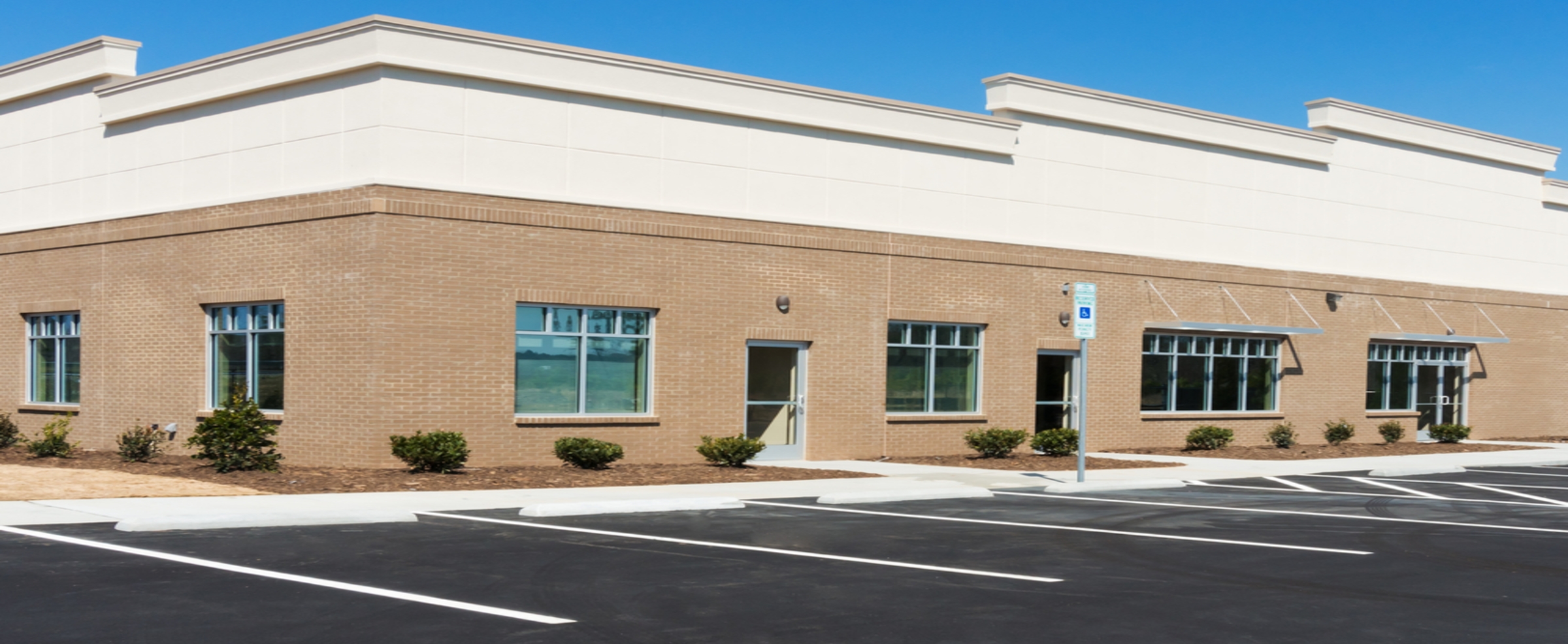Tips For Successful Exterior Insulation & Finish Systems – Part 2 of 4

Exterior Insulating Finish Systems & The Green Building Revolution
As the building industry continues to place an increasingly high priority on energy savings, the effort to create more energy-efficient and sustainable buildings has had interesting implications for the use of Exterior Insulating Finish Systems (EIFS).
EIFS provides a number of benefits, including a built-in air barrier, continuous insulation, and a variety of aesthetic finishes. In addition, one of the main benefits of EIFS systems is its strong environmental performance at a relatively low initial cost. Because an EIFS installation moves the insulation layer outside the wall cavity, it brings the dew point to the exterior of the sheathing, minimizing the condensation within the wall that can lead to heat loss. In addition, EIFS permits the downsizing of heating and cooling equipment, resulting in a highly insulated building envelope and a net energy savings, earning projects seeking Leadership in Energy and Environmental Design (LEED) certification credits for reduced energy consumption.
EIFS that is fastened with adhesive rather than cladding fasteners reduces the likelihood of moisture intrusion even further because the air barrier is not punctured. Through the use of continuous exterior insulation, thermal bridging, which is the process through which heat is transferred across thermally conductive elements of the wall assembly, can be reduced and sometimes eliminated.
EIFS can also be a practical option for retrofit projects seeking to update the building’s appearance while also improving performance. Because it is so lightweight and easy to install, EIFS is often the re-cladding of choice on existing buildings where it provides a quick, low-cost makeover that can also cut energy costs.
Because it is less likely to retain moisture, closed-cell backer rod should be used instead of an open-cell product to prevent premature degradation at the bond line. At window and door openings, as well as at wall and roof intersections where water can enter, flashing should be installed to redirect moisture. Use air seals, sealants, rough opening protection, and other waterproofing materials in combination with appropriate flashing to ensure best results.
A study by the National Institute of Standards and Technology (NIST) entitled “Investigation of the Impact of Commercial Building Envelope Airtightness on HVAC Energy Use” confirmed that air barriers, which can be vapor-permeable or impermeable, depending on the climate and location, promote energy savings from 30 to 40 percent for heating climates and 10 to 15 percent for cooling climates. Impermeable air barriers are typically used in colder climates, and permeable air barriers are often used in warmer climates.
Over the last 50 years, independent third-party testing has shown EIFS can outperform other types of exterior cladding. Whether field-applied or installed using prefabricated panels, EIFS has repeatedly demonstrated that they are versatile, lightweight, and energy-efficient, and should be considered for existing, new, or retrofit projects.
